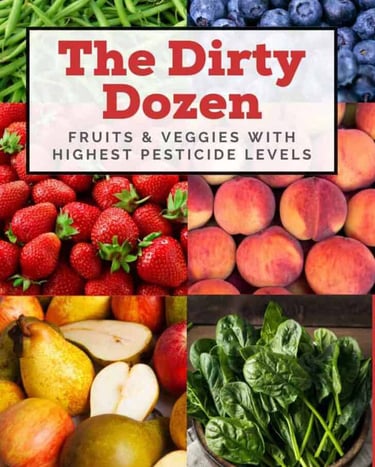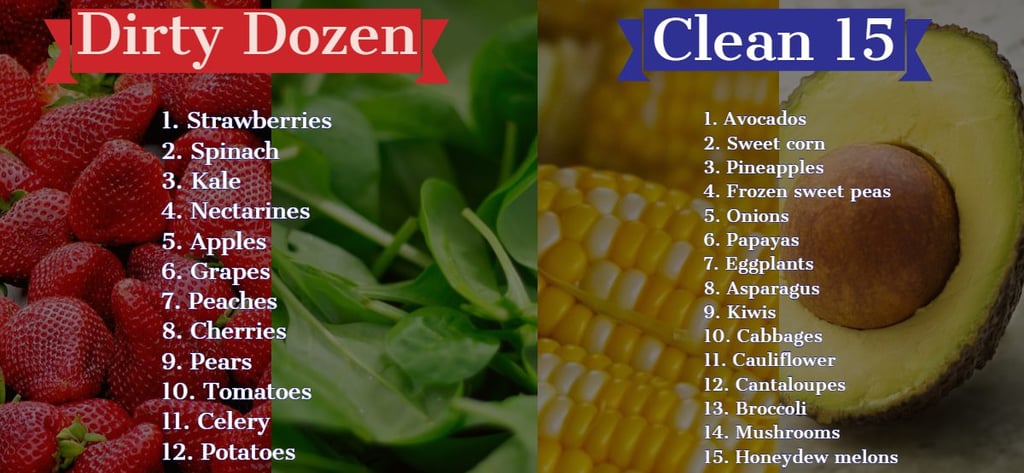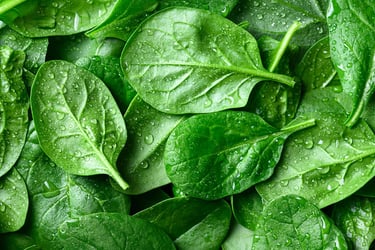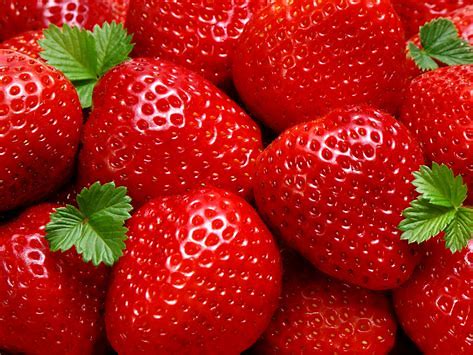
Information & Insights
The "Dirty Dozen" and "Clean Fifteen" lists, updated for 2025, help consumers prioritize organic produce purchases based on pesticide residue levels. The Dirty Dozen highlights produce with the highest pesticide residues, while the Clean Fifteen identifies those with the lowest.
The 2025 Dirty Dozen & The Clean 15


Each year, The Environmental Working Group (www.ewg.org/foodnews) evaluates and assesses our food for optimal quality. For more than 30 years, EWG has tirelessly worked to safeguard our health and the environment. They compile the "Dirty Dozen" list, which identifies the 12 fruits and vegetables most heavily contaminated with pesticides. In 2025, this list features: spinach, strawberries, kale, collard & mustard greens, grapes, peaches, cherries, nectarines, pears, apples, blackberries, and potatoes. These products are often recommended for organic purchase due to the significant pesticide residues detected on them. In contrast, they also provide the Clean 15 list. These 15 items had the lowest levels of pesticide residues, based on EWG’s review of the latest USDA data. This information aids us in distinguishing which produce is best bought organic and which does not necessitate organic certification.


Spinach
Spinach has more pesticide residues by weight than any other type of produce.


When it comes to pesticide residues, non-organic strawberries are still the worst offender
Department of Agriculture tests found that strawberries were the fresh produce item most likely to be contaminated with pesticide residues, even after they are picked, rinsed in the field and washed before eating. For these reasons, strawberries continue to be at the top of the Dirty Dozen™ list.
The average American eats about eight pounds of fresh strawberries a year – and with them, dozens of pesticides, including chemicals that have been linked to cancer and reproductive damage, or that are banned in Europe.
Almost all samples – 99 percent – had detectable residues of at least one pesticide.
Some 30 percent had residues of 10 or more pesticides.
The most contaminated sample had residues of 23 different pesticides and breakdown products.
Strawberry samples contained residues of 82 different pesticides in various combinations.


